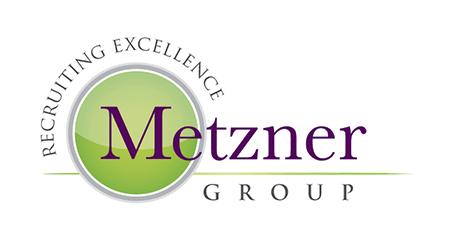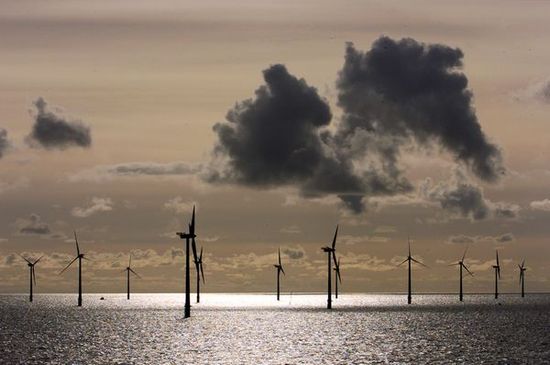Green Engineering Jobs: Coming to an Ocean Near You?
Picture this: the sun, beach, sand, waves, porpoises …. wind turbines ?
A variety of wind farms are being proposed, designed and constructed across the U.S. Cape Wind proposes the first offshore wind farm on Nantucket Sound, “ …Miles from the nearest shore, 130 wind turbines will gracefully harness the wind to produce up to 420 megawatts of clean, renewable energy. In average winds, Cape Wind will provide three quarters of the Cape and Islands electricity needs. Maryland’s Governor proposed a plan to build offshore wind farms in the Atlantic Ocean (Maryland lawmakers today refused to pass the plan this year). His was a $1.5 billion field of giant turbines about 10 miles off of the Ocean City, MD shoreline, while the eastern edge is approximately 27 miles from the coast. And in Delaware, NRG Bluewater Wind has won the exclusive right to negotiate with the federal government to build an offshore wind farm.
Will these “green” initiatives bring green engineering jobs? “Bluewater Wind officials estimated in 2008 that the project would bring 400-500 construction jobs to the state, as well as at least 80 ongoing operations and maintenance jobs. A Port of Wilmington official estimated last year that building a regional turbine assembly facility there could result in about 770 jobs during construction, and another 750 operational jobs.” The American Wind Energy Association ( AWEA ) reported in 2010 that the wind energy sector that employs 18,500 staff in the manufacturing sector could “support tens of thousands of additional jobs manufacturing wind turbines and components if the right policies are put in place.”
Civil engineers will be needed for a variety of roles within this “green” engineering market. For example, the wind farm infrastructure consists of roads and drainage, wind turbine, met mast foundations and buildings housing electrical switch gear, planning, modeling, preliminary design, QA/QC and construction of wind farm infrastructure for sites and utilities for access roads, crane pads, crane paths…
Many of us will be interested in reviewing the results of states and P3 proposals. Will other states step up and add these green engineering jobs or, like Maryland, will legislators blow the turbine proposals out of the water? 
The Metzner Group Blog




